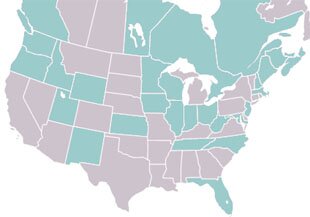
Family: Nitidulidae
Subfamily: Cryptarchinae
Length: 4.5-6.0 mm
The elytra and pronotum of Glischrochilus quadrisignatus are punctate. Each elytron has a large pale spot near the base, and a smaller spot toward the rear. The large spot may be broken into two.
The female (shown) has the elytra somewhat shortened, exposing the pygidium. The male has the elytra apices oblique, covering all the abdomen.
A related species found in West Virginia is Glischrochilus sanguinolentus.
In its natural environment, Glischrochilus quadrisignatus is attracted to oozing tree wounds, where it feeds on sap and fungi.
In farms and orchards this species is attracted to wounds on fruits and vegetables, and the beetles may help enlarge such wounds. They have been reported to feed on tomatoes, peaches, corn, apples, and raspberries.
As with many pest species, the life history of Glischrochilus quadrisignatus is fairly well known, having been studied in both field and laboratory. Researchers have found the rate of maturation of Glischrochilus quadrisignatus is strongly dependent not only upon temperature, but upon diet.
Developmental time in the lab, from hatchling to adult, took from 37 to 66 days, depending on diet. The larvae developed most rapidly on a laboratory food made up largely of tomato and prune puree and torula yeast. Development was considerably slower on apple pieces or tomato slices.
In laboratory conditions this beetle may live for more than one year, but it is not clear whether this is true in the wild.
In studies of Glischrochilus quadrisignatus in the field, entomologists have found that the species overwinters in the adult stage, usually a couple of centimeters under the soil. Though these beetles are not strong fliers, Canadian researchers released some marked beetles 300 meters away from a large container of tomatoes, and the beetles found and reached the cache in two hours or less.
Infestations of Glischrochilus quadrisignatus can be severe. In one instance researchers found a tomato with 304 beetles on it; in another there were 3,761 Glischrochilus quadrisignatus on a single ear of corn that had been previously damaged by Japanese Beetles.
If you're interested in attracting this species, research has shown that Glischrochilus quadrisignatus has an especial fondness for beer mixed with sliced bananas.



